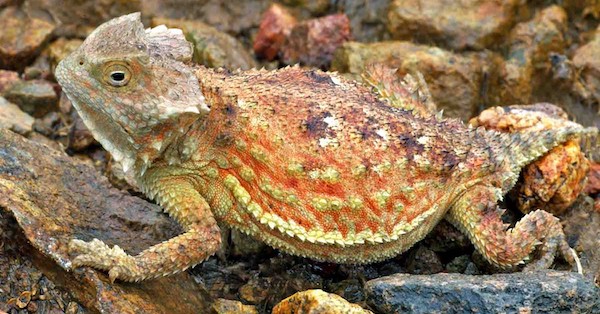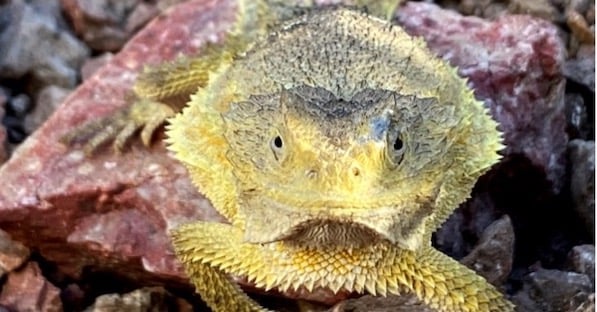10 Things to Know About Queen Bees

Bees play a critical role in our global food system—and at the center of every thriving colony is a single queen. Queen bees are essential. They keep their hive together, produce the next generation of bees, and help maintain the stability of local ecosystems.
Here are 10 facts to help you better understand the powerful role of queen bees—and why protecting them matters.
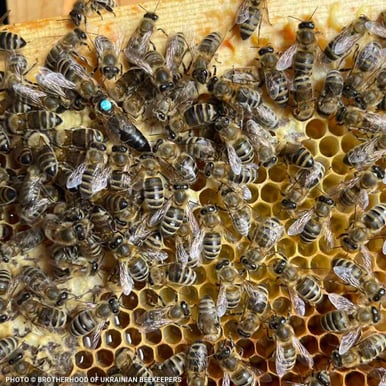
1) Setting the Tone for the Hive: The entire mood of a bee colony depends on the Queen. She controls it with a special pheromone, which unifies the bees in her care. It’s how she communicates her presence and keeps thousands of bees working in harmony.
2) Reproductive Abilities: A Queen bee can lay up to 3,000 eggs per day. This remarkable output is what keeps the colony growing and thriving.
3) Supported by Her Workers: The Queen doesn’t forage or care for herself. Worker bees feed her, clean her, and tend to her needs so she can focus on her sole responsibility—reproduction.
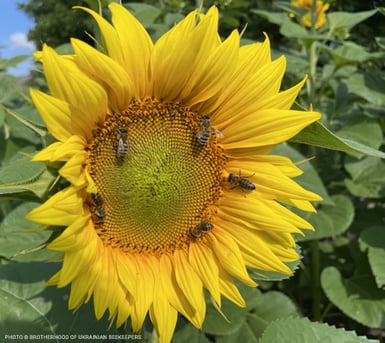
5) Royal Jelly Makes the Difference: Queen bees aren't born, they're made. Larvae are fed royal jelly instead of honey or pollen, helping them develop ovaries and the ability to reproduce.
6) A Backup Plan for the Hive: Sometimes, a hive raises multiple Queens to ensure one is healthy enough to lead the colony. This ensures a successor is always ready.
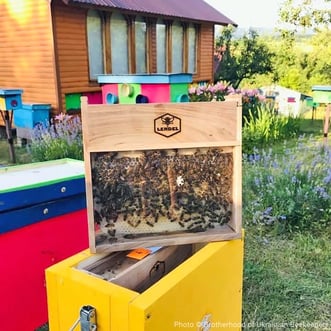
7) Her Sting is Reserved for Rivals: While worker bees and drones can sting only once in their lives, a Queen bee can sting multiple times. They use this ability only against other would-be queens during succession battles.
8) Mating Happens Once: The queen mates only during her “maiden flight,” storing enough sperm from male drones to fertilize eggs throughout her life.
9) Fertilized vs. Unfertilized: Queen bees lay both fertilized and unfertilized eggs. Fertilized eggs can become worker bees or new Queens, while unfertilized eggs become male drones.
10) Swarming: If a hive gets too crowded, the Queen takes a portion of the drones and leaves to find a new home. This group of bees is called a swarm, and a new, younger Queen takes over the hive.
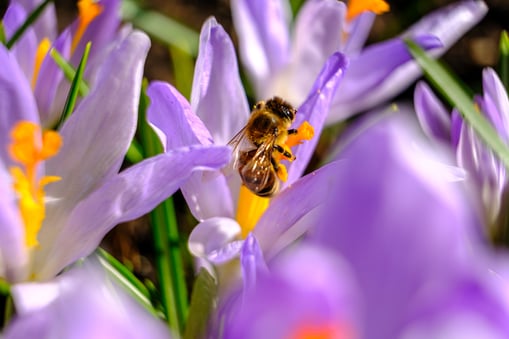
Greater Good Charities is working to save the Queen Bee. Join our efforts today by making a donation!

